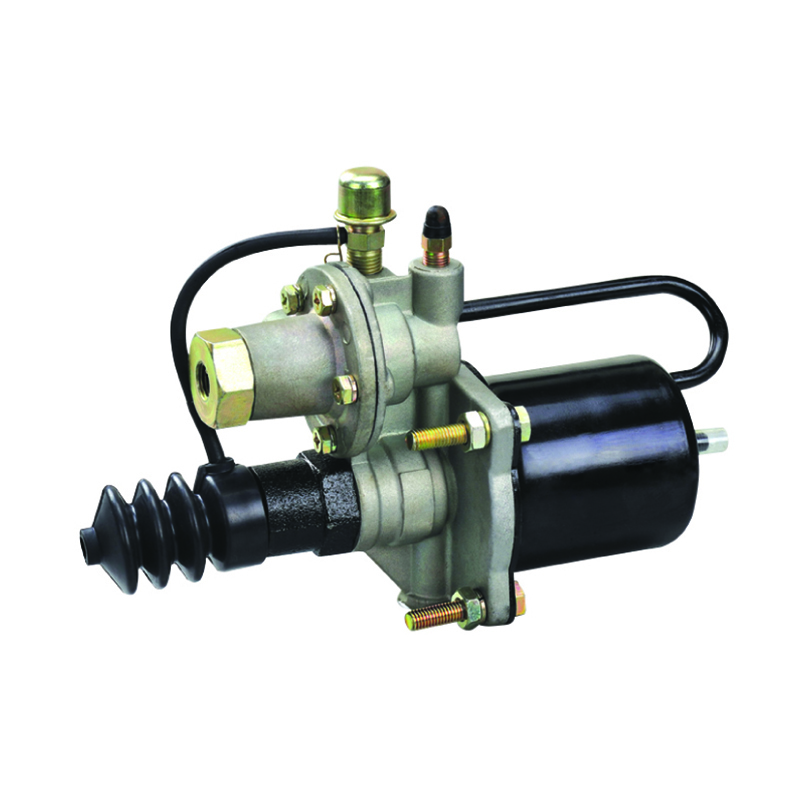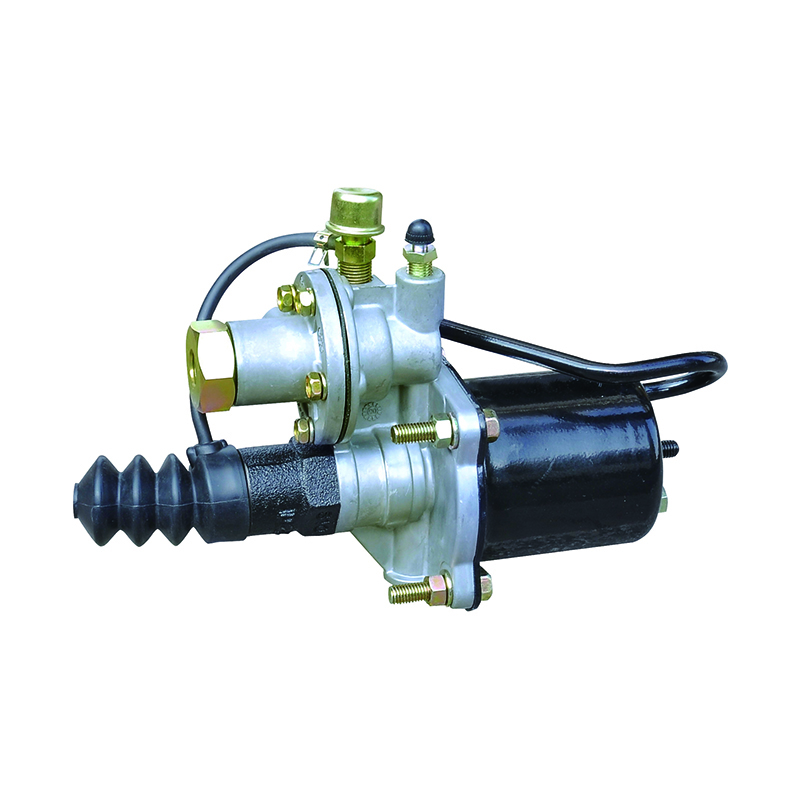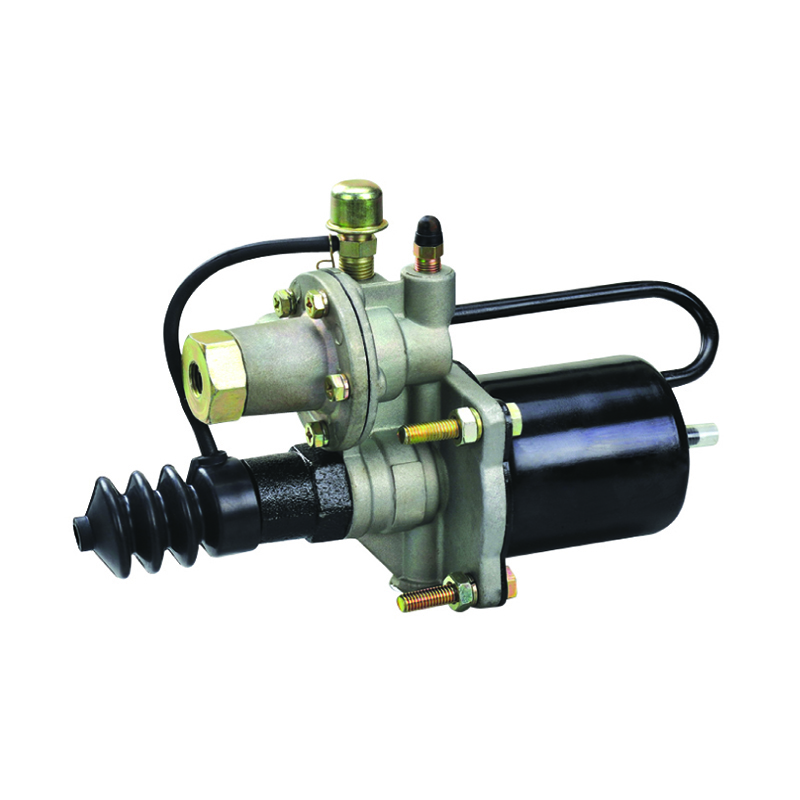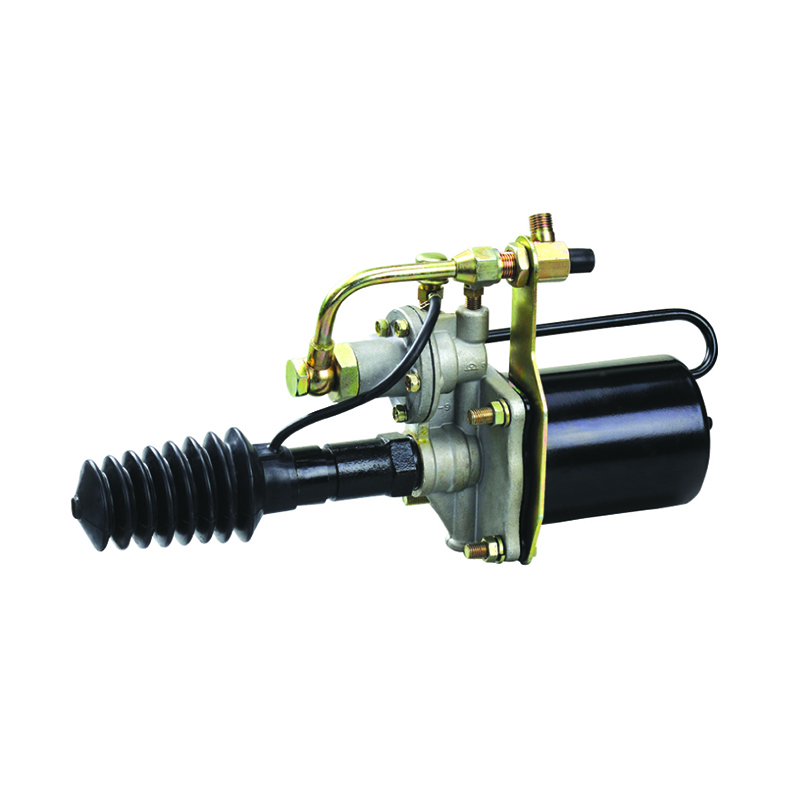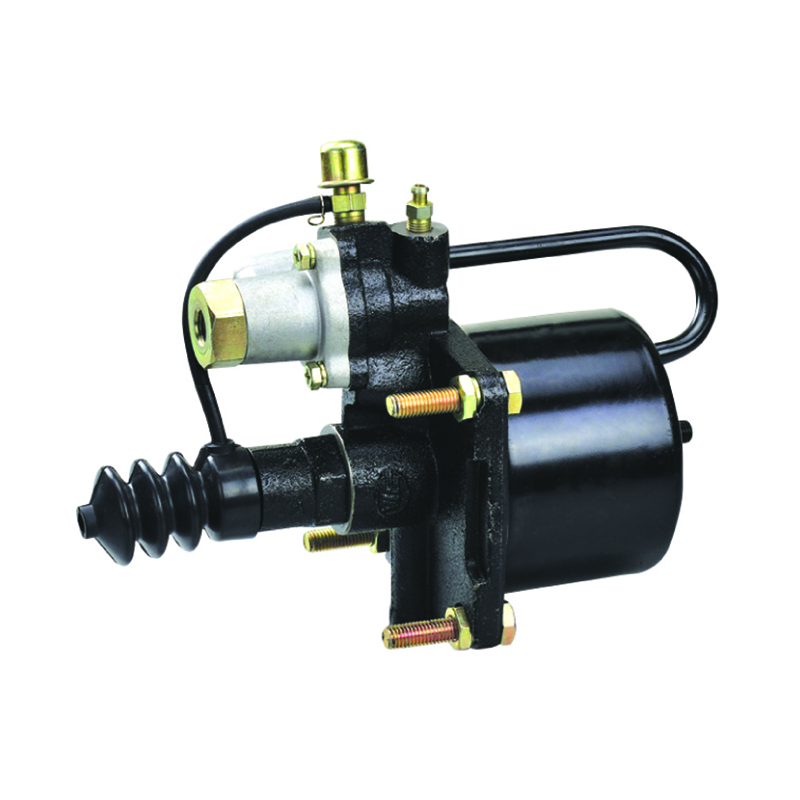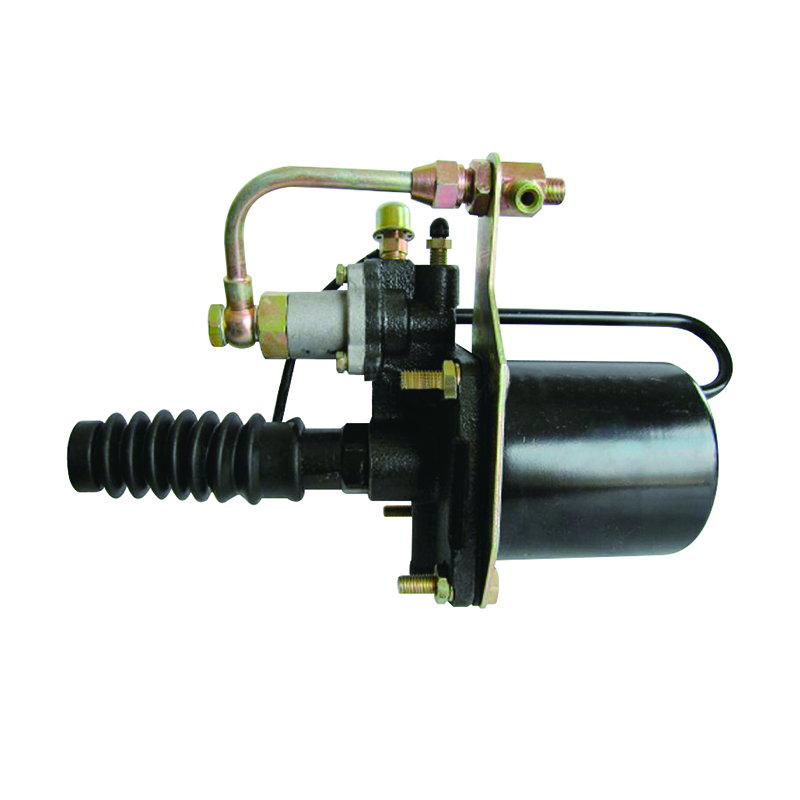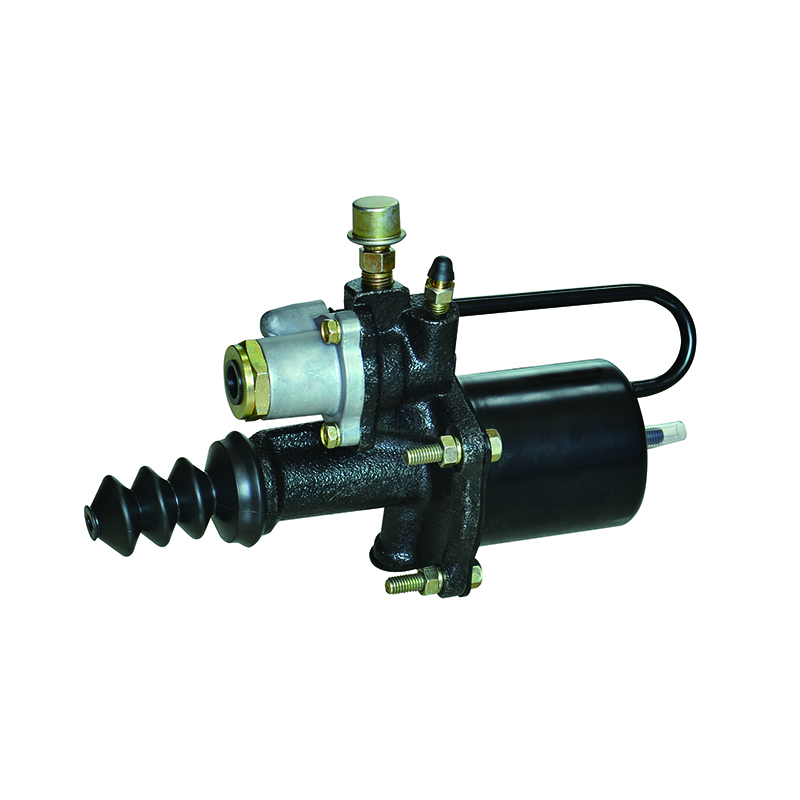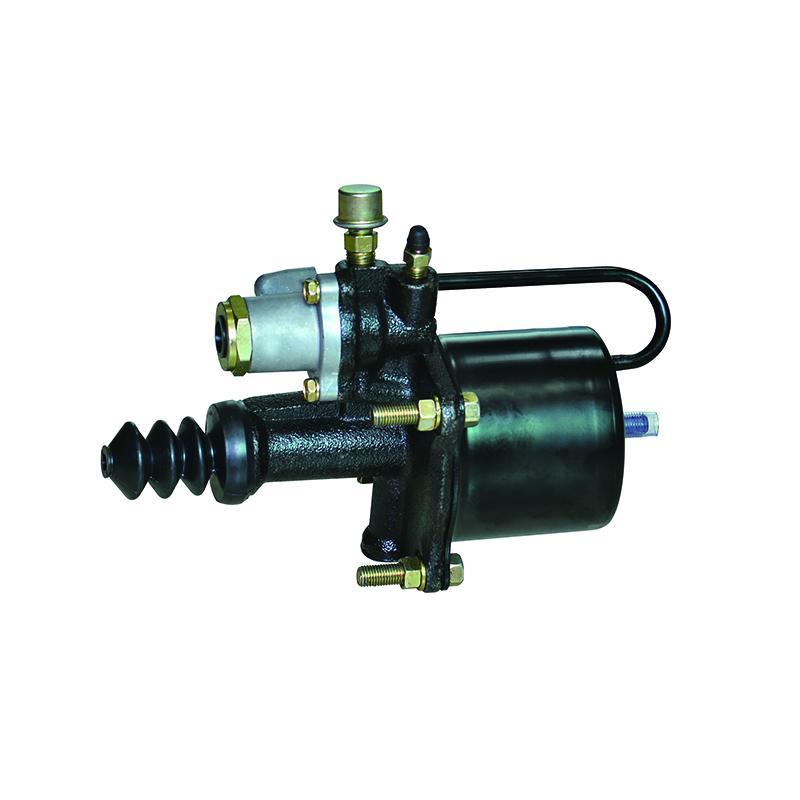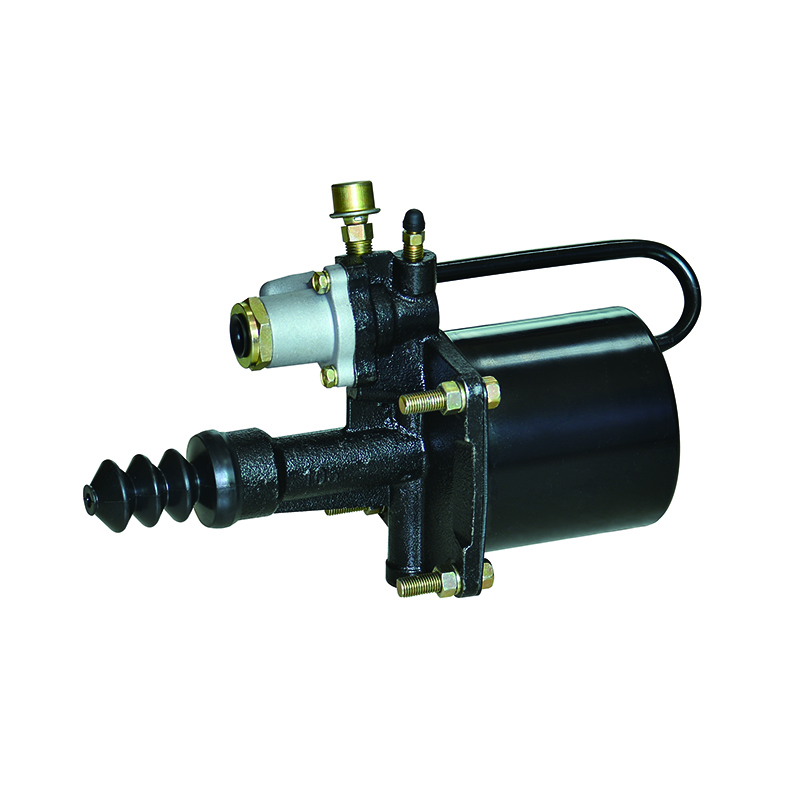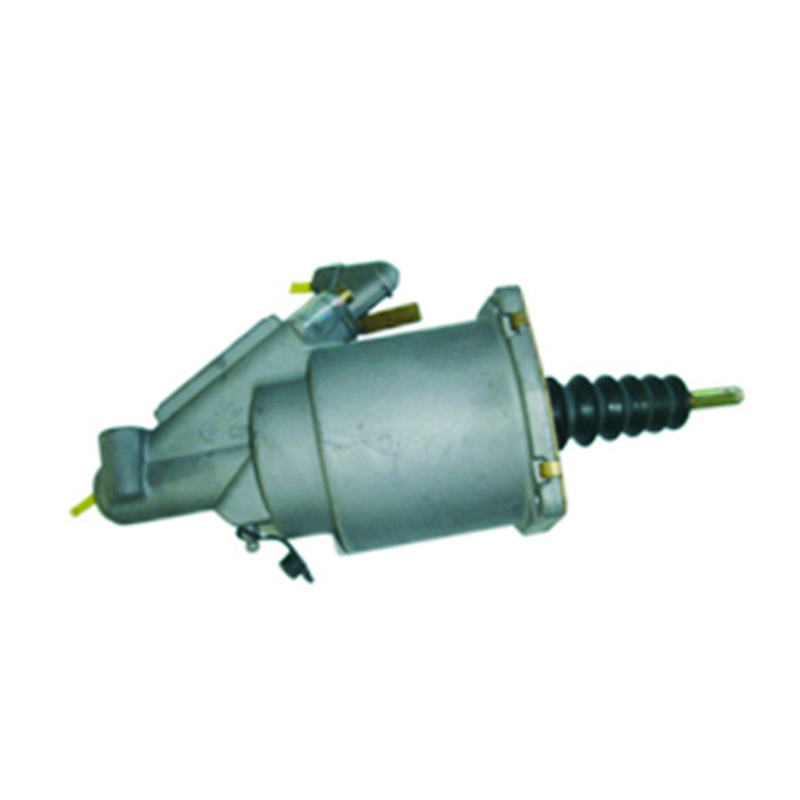For exclusive deals and latest offers, signup by entering your email address below.
How to Release Air From Brake Booster
If you have a problem with the brakes, you may want to know how to release air from your brake booster. Air bubbles can form in the larger transport tubes, especially after changing the brake pads. To clear out air from your booster, simply release all the brake pressure, and pump the brake pedal slowly until the car stops. Repeat this procedure until you're satisfied with the results.
Next, check your brake fluid level. A low level of fluid may indicate that air is leaking into the system. Bleeding your brake system will remove this air, and you can do this yourself at home. You can also check the vacuum hose, which connects the brake booster and master cylinder.
Air in the brake system can damage your hydraulic system. It can cause your brakes to overheat, causing them to stop working properly. Air can also cause damage to your brake lines. Air can also affect your brake pedal, which amplifies the force six times. The brake booster can increase that force even more.
Your car's brake booster has two chambers that each have a pressure regulating valve. The front chamber holds the compressed air, while the rear chamber holds air. The front chamber is usually open, while the rear chamber is closed. This makes it easier to release air from the brake pedal when braking.
When releasing air from your brake booster, you should use a vacuum pump to bring the booster's vacuum back up to around 20 HG. If the vacuum drops much below 20 HG, it's time to replace your booster. This prevents the problem from happening again. You should also check the vacuum hose regularly.
Another way to release air from brake lines is to vacuum out the brake fluid. You should first make sure the brake fluid reservoir is full and then attach the vacuum pump to the bleeder valve. Once this is done, you should be able to remove any remaining air bubbles from your brake line.
If the brake booster is leaking air, it is likely the check valve is broken. The bad valve will slowly loose its effectiveness and let air into the brake booster. As air gets in, it will move through the brake fluid and enter the master cylinder. This will reduce the hydraulic pressure, which can damage brake parts.
You can also use a flexible hose and jar near the bleeder screw. Then, you can slowly pump the brake pedal with the help of a friend. If you have a flexible hose, you can place it in a place where it won't spill. After releasing the air, close the bleeder screw. Repeat this process as many times as necessary until no bubbles are visible in the brake fluid.
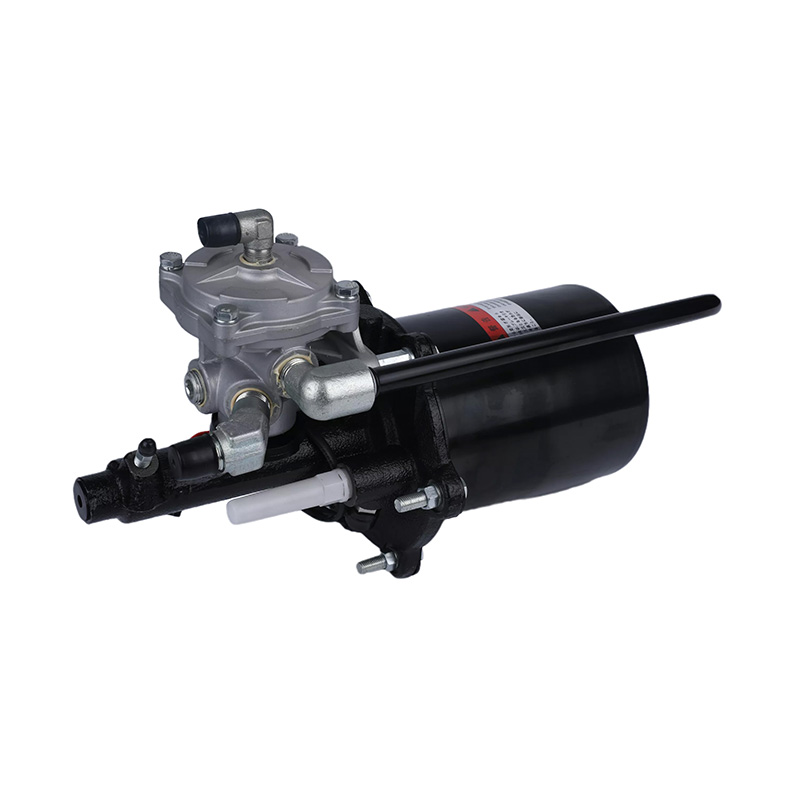

 English
English 中文简体
中文简体
